`` Skin-on interface '' that can operate smartphones and PCs by pinching and pushing real artificial skin

Marc Teyssier | Skin-On Interfaces
https://marcteyssier.com/projects/skin-on/
The development of the skin-on interface using artificial skin was conducted by Tessi with his colleagues at the Bristol Interaction Group , a research institution in Bristol, England. The project aims to create a 'perfect human interface' by adding sensitive and interactive input devices like human skin to existing devices.
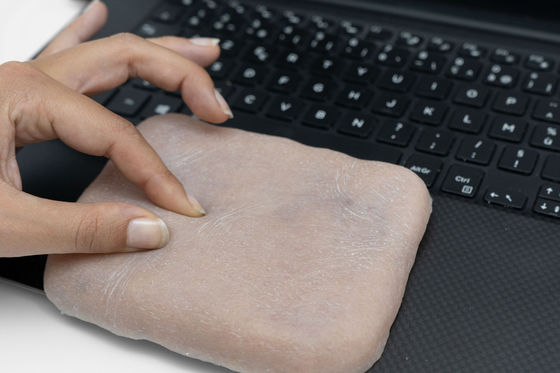
You can see what the skin-on interface developed by Mr. Tessier et al. Looks at the following movie.
The skin-on interface can be installed as a smartphone case or used as a laptop trackpad.

Since the artificial skin covers the smartphone, it feels good in your hands like this.
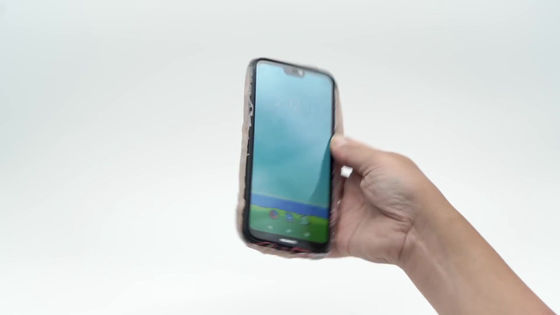
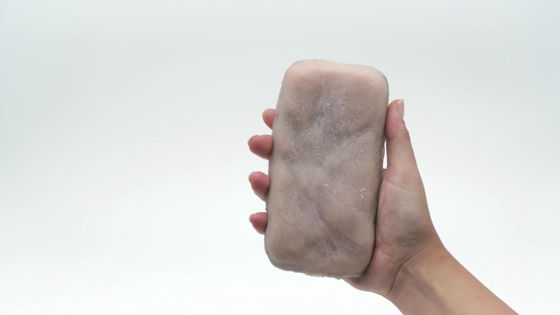
If it is a trackpad, swipe or ...
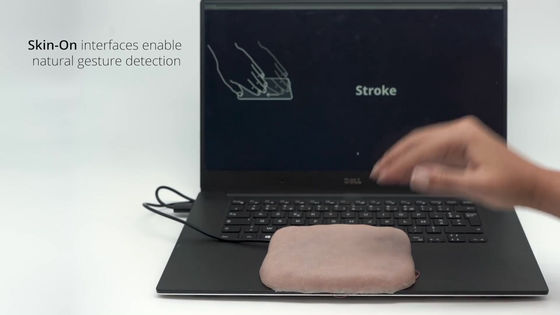
Not only actions like tapping ...
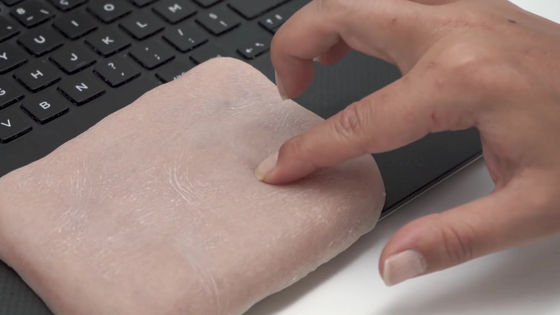
It can also correctly detect the movement of artificial skin.
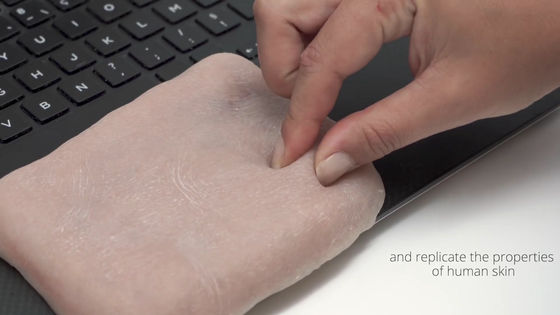
When attached to a smartphone, it can detect movements that trace the artificial skin on the back.
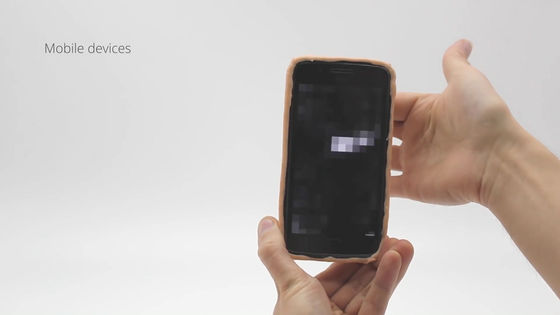
It can be attached to a smartwatch.
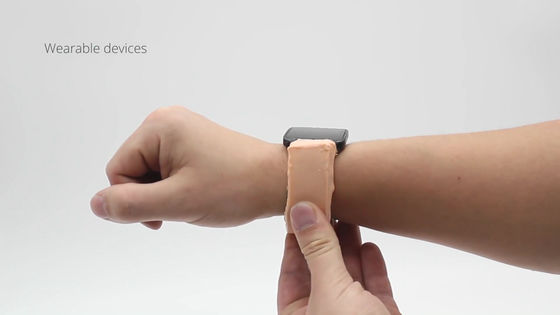
You can rotate the image displayed on the display nine times by twisting the skin-on interface attached instead of the trackpad.
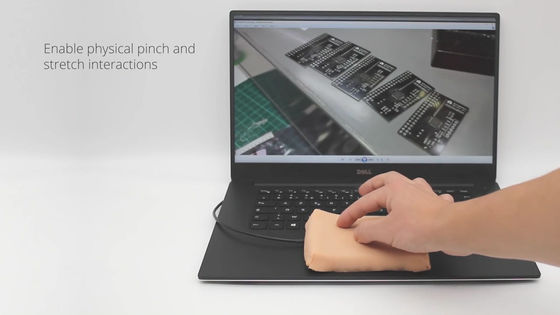
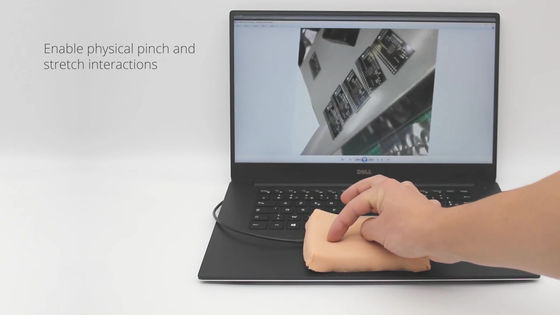
By tapping artificial skin attached to a smartphone, the volume can be adjusted sensuously.

In addition, you can recognize which hand is holding the smartphone correctly, and display the UI in a position where you can easily tap it with your thumb.
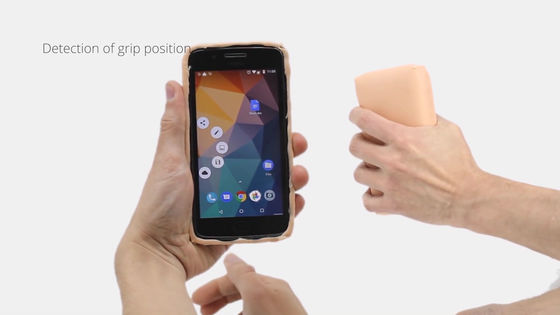
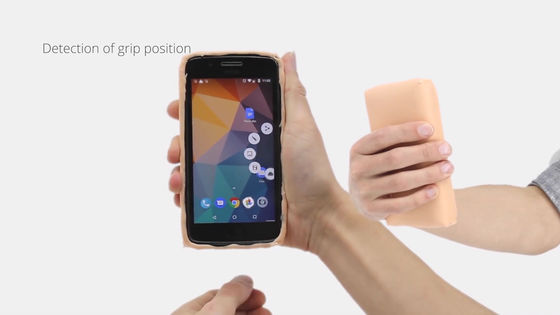
If the robot is equipped with a skin-on interface, communication is possible so that humans can touch each other.

On the back side of the skin-on interface, a substrate was embedded to transmit the motion detected by the sensor to smartphones and notebook PCs.


The skin-on interface is open source hardware.
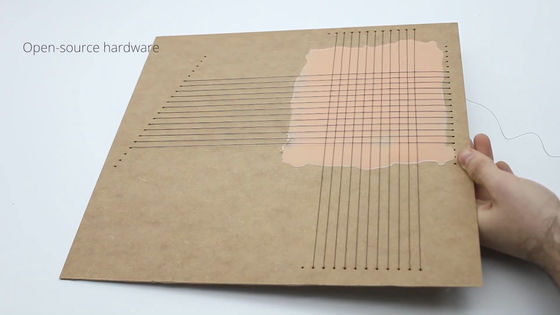
Mr. Tessier is researching ways to reproduce the visual and tactile aspects of human skin to create artificial skins for use in skin-on-interfaces. Investigate how the visual factors (color) and tactile factors (texture and thickness) affect the user experience and actual perception by using silicone to mimic the deformation properties of the skin using related literature I am doing it.
There is a sensor layer under the artificial skin of the skin-on interface, so that gestures such as “tracing” and “pinning” that are performed on human skin can be detected even if they are performed on the artificial skin. It seems to become.

The manufacturing process of the skin-on interface is very simple. First, the surface tactile layer, or artificial skin, is created. Artificial skin is made of silicon and beige pigment called “

In addition, Mr. Tessier has released the production process of the skin on interface in a movie.
Skin-On Interfaces: Fabrication process-YouTube
Related Posts:







